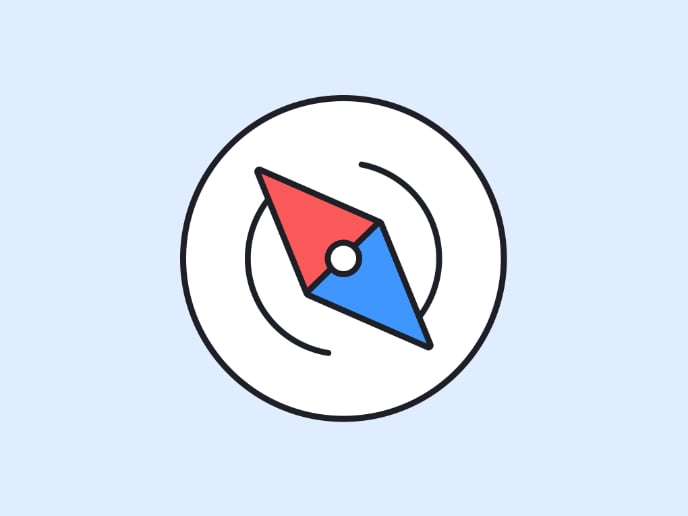Continuous Learning
Continuous learning is the habit of building skills, staying current with tools, and applying new knowledge to solve design and product challenges across teams.

Continuous learning is an ongoing practice that keeps designers and product managers effective as tools, markets, and user expectations change. It is not a course or a season of study. It is a work habit that turns curiosity into better decisions, faster execution, and more resilient careers.
For designers, this habit means tracking pattern shifts, learning new prototyping methods, and refining research techniques. Small routines help, such as replaying a usability session each morning, recreating a complex layout from a reference, or testing a fresh animation approach in a throwaway file. Each micro-practice builds speed, judgment, and taste.
For product managers, continuous learning centers on market signals, analytics depth, and decision frameworks. Reading one analyst brief per week, reviewing a metric with an engineer, or rewriting a one-pager with clearer assumptions creates a sharper roadmap. The outcome is better bets, tighter scoping, and more credible stakeholder conversations.
Teams turn learning into system change by sharing. Short demos, lightning talks, and annotated gists let one person’s discovery become a team norm. Post-incident reviews feed into guardrails that reduce repeat mistakes. A library of internal checklists, canvases, and playbooks captures what works and keeps it reachable during crunch time.
Real examples show the compounding effect. A research team that standardizes interview notes into a searchable vault cuts ramp time for new members. A design group that runs weekly pattern breakdowns ships more consistent components. A PM org that reviews one successful and one failed bet each month improves its opportunity sizing.
Operationalizing the habit needs structure. Set a personal learning goal per quarter, link it to a visible outcome, and time-box it. Fund team learning with small budgets for books or courses. Rotate presenters to spread ownership. Track one metric per cycle that improved because of a new skill or method, then record the story for future hires.
Learn more about this in the Continuous Learning and Skill Sharing Lesson, a part of the Cross-Functional Design & Product Teams Course.
Key Takeaways
- Treat learning as a daily work habit linked to outcomes.
- Share discoveries through demos, notes, and lightweight playbooks.
- Tie goals to visible product changes, not certificates.
- Use short cycles and small budgets to keep momentum.
- Record improvements so gains survive team changes.
Pick one theme per quarter and one tiny daily action. Ten minutes of replaying a user session or rebuilding a tricky UI element beats sporadic deep dives. Put the action on your calendar and attach a small deliverable, such as a snippet, checklist, or sample file.
Make the habit social. Share one finding each week in a short post or five-minute standup slot. Visibility creates accountability and turns a private habit into a team asset.
Track a before-and-after metric tied to the skill, such as fewer UI defects, faster PR review time, or higher task success in a tested flow. Pair the metric with a brief write-up that explains the change.
Collect these notes in a single place. Over a few cycles, patterns emerge that guide which skills deserve more investment and which rituals can be retired.
Shrink the scope. Replace an hour-long session with a five-minute clip, or a full article with one chart and a takeaway. Tie learning to work is already in progress, such as testing a new query in the same dashboard you use daily.
Alternate owners each week. Shared duty keeps the cadence alive without loading one person and keeps topics diverse and relevant.
Recommended resources
Courses

Mentorship Mastery

Accessibility Foundations

Wireframing
Lessons

How to Make the Best Out of Mentorship

Your First Session With a Mentor

How to Find a Mentor
Exercises
Projects

New Year LMS

Screen Duplicate Exercises












